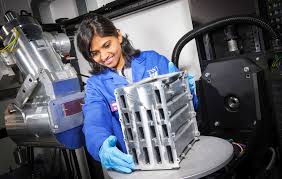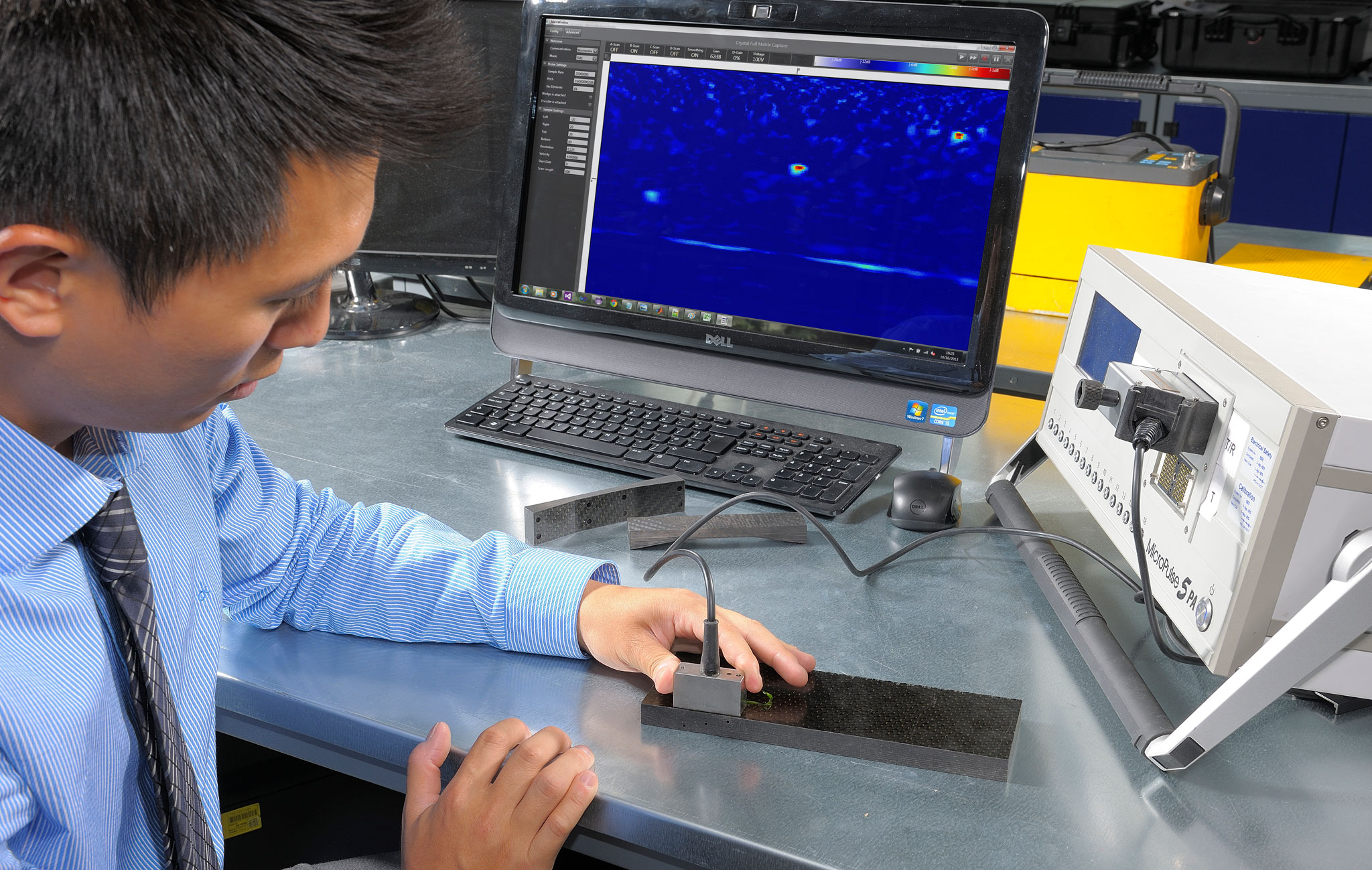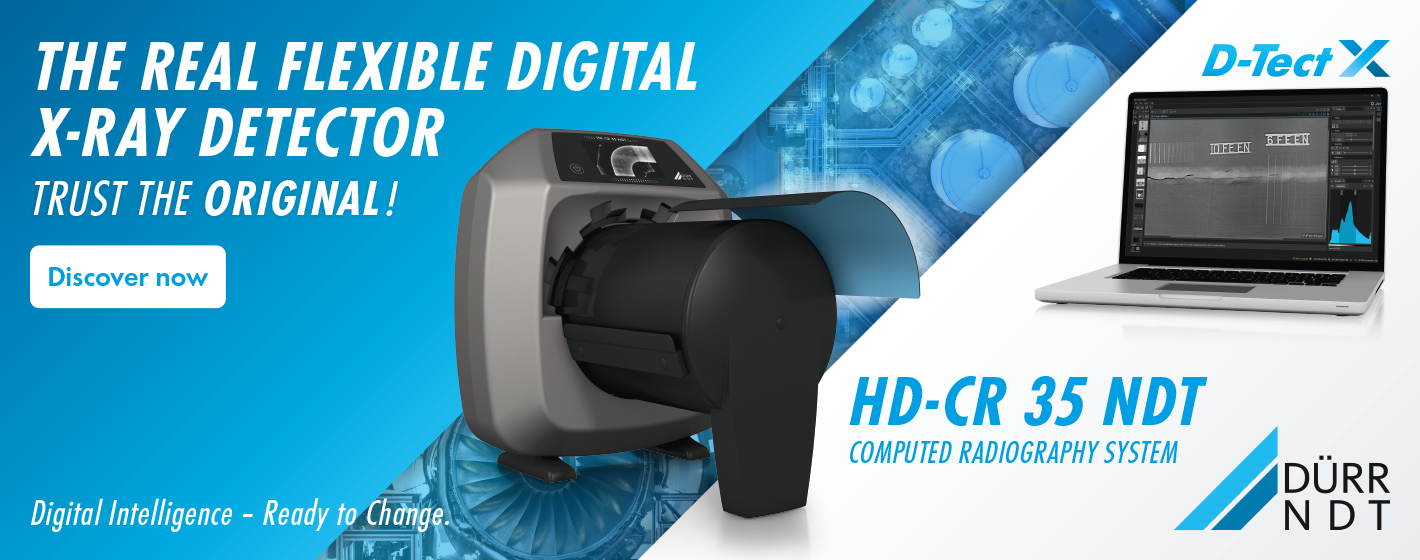Table Of Contents
- Introduction
- Radiography
- Applications of Radiography
- Advantages of Radiography
- Limitations of Radiography
- Ultrasonic Testing
- Applications of Ultrasonic Testing
- Advantages of Ultrasonic Testing
- Limitations of Ultrasonic Testing
- Choosing the Right Method for Your Needs - Radiography vs. Ultrasonic Testing
- Future Trends in Non-destructive Testing
- Conclusion
- Key Takeaways
- FAQs
Introduction
In the world of Non-destructive Testing (NDT), two prominent techniques, Radiography and Ultrasonic Testing (UT), stand out for their effectiveness in detecting flaws and defects in materials.
While both methods serve a common purpose, they differ significantly in their approach and application.
Radiography

Radiography is a time-tested NDT Method that utilises X-rays or gamma rays to examine the internal structure of objects.
This process involves passing radiation through the material and capturing the resulting shadows on a detector.
The density variations within the object create distinctive images, allowing inspectors to identify defects, voids, or foreign materials.
Applications of Radiography
Radiography Testing finds widespread use in industries such as Aerospace, oil and gas, and manufacturing.
Its ability to reveal hidden flaws in welds, castings, and composite materials makes it indispensable for quality control and safety assessments.
Advantages of Radiography
- High penetration capability
- Accurate detection of internal defects
- A permanent record of inspections
Limitations of Radiography
- Radiation exposure risk
- Limited portability of equipment
- Inability to inspect highly attenuating materials
Ultrasonic Testing
Ultrasonic Testing relies on the principles of sound propagation.
High-frequency sound waves are transmitted into the material being inspected, and the reflections of these waves are analysed.
By measuring the time taken for sound waves to return and their amplitude, ultrasonic testing can detect defects with precision.
A Transducer generates ultrasonic waves that travel through the material being tested.
When the waves encounter a flaw or boundary, they reflect back to the transducer.
By analysing the time it takes for these echoes to return, the size and depth of the defects can be determined.
Applications of Ultrasonic Testing

Ultrasonic testing is versatile and used in various industries, including manufacturing, energy, and oil and gas, for inspecting a wide range of materials, from metals to composites.
It's particularly valuable for assessing the thickness of materials and detecting corrosion.
Advantages of Ultrasonic Testing
- High sensitivity to small defects
- Versatile and adaptable to different materials
- There is no radiation exposure, making it safer for operators
Limitations of Ultrasonic Testing
- Skill-dependent inspection
- The surface must be accessible for probe placement
- Limited to relatively thin materials
Choosing the Right Method for Your Needs - Radiography vs. Ultrasonic Testing
To choose between Radiography Testing and ultrasonic testing, it's crucial to understand their differences.
Radiography provides a 2D snapshot of internal structures, while ultrasonic testing offers real-time, 3D data.
The choice depends on the material, geometry, and the specific defects you're looking to identify.
In many cases, the choice between radiography and ultrasonic testing comes down to the specific requirements of the inspection.
When deciding between radiography and Ultrasonic Testing, several factors come into play, including the type of material, accessibility, required accuracy, and safety concerns.
Here are the things to consider.
- Material Thickness
For thin materials, UT is often the preferred choice due to its high sensitivity. Radiography is better suited for thicker materials where penetration is crucial.
- Real-World Applications
Let's explore how these techniques are applied in real-world scenarios, from ensuring the safety of aircraft components to assessing the integrity of pipelines in the oil and gas industry.
- Radiation Safety
If safety is a primary concern, especially in situations involving human exposure, Ultrasonic Testing is the safer option as it does not use ionising radiation.
- Safety and Environmental
Radiography Testing and ultrasonic testing have safety and environmental implications that must be carefully managed. We'll discuss best practices and regulatory compliance.
- Cost Analysis
Cost can be a significant factor in choosing between these methods.
The cost of equipment, training, and regulatory compliance can vary between the two methods, so budget constraints may influence your decision.
Future Trends in Non-destructive Testing

As technology advances, so does the NDT Method. Discover the latest innovations and how they might shape the future of non-destructive testing.
- Case Studies
Explore real-world case studies where radiography and ultrasonic testing played pivotal roles in preventing catastrophic failures and ensuring safety.
- Expert Insights
Gain valuable insights from NDT experts who have extensive experience in both radiography and ultrasonic testing.
- Inspection Speed
Radiography generally takes more time to set up and complete, making UT the quicker choice for fast inspections.
Conclusion
In the world of non-destructive testing, the choice between Radiography Testing and ultrasonic testing is not a matter of one being better than the other but rather which one is better suited to the task at hand.
By understanding their principles, advantages, and limitations, you can make informed decisions that contribute to the safety and reliability of critical structures and components.
Whether you choose radiography or ultrasonic testing, rest assured that both methods are integral to maintaining safety and quality across various industries. For more details, check out OnestopNDT.
Key Takeaways
- Radiography is like taking an X-ray of an object, while ultrasonic testing uses sound waves to assess materials.
- Radiography provides clear, detailed images of an object's interior, making it suitable for various industries, including construction and healthcare.
- Ultrasonic testing excels at pinpointing defects with great accuracy and is vital in industries like aerospace and automotive.
- Radiography is often more budget-friendly, making it a practical choice for businesses on a tight budget. Ultrasonic Testing can be costlier but offers precision and real-time data.
- The choice between radiography and ultrasonic testing depends on your specific needs, budget, and the material being inspected.
- When carried out by qualified professionals, radiography and ultrasonic testing are both safe with minimal radiation exposure.
- Ultrasonic Testing is most effective on metals, composites, and some plastics, while radiography can be used on a broader range of materials.
- Radiographic images require processing and are not available in real time, while ultrasonic testing provides instant results.
- Both methods are considered environmentally friendly as they are non-destructive and do not produce harmful byproducts.
Frequently Asked Questions (FAQs)
Q. Is Radiography or Ultrasonic Testing more cost-effective for small-scale inspections?
A: The cost-effectiveness depends on various factors. For small-scale inspections, ultrasonic testing may be more budget-friendly due to its lower equipment and radiation-related costs.
Q. Which method is better for detecting surface defects in metal components?
A: Ultrasonic Testing is more suitable for detecting surface defects as it provides high sensitivity and precise results.
Q. Are there any health risks associated with Radiography Testing?
A: Yes, Radiography involves ionizing radiation, which can pose health risks if not managed properly.
Operators and personnel must follow strict safety procedures.
Q. Can Ultrasonic Testing detect subsurface defects in concrete structures?
A: Yes, Ultrasonic Testing can be used to detect subsurface defects in concrete structures, making it a valuable tool in construction and civil engineering.
Q. What is the typical training requirement for operators in radiography and ultrasonic testing?
A: Operators in both methods require specialised training and certification.
The duration and content of training may vary, but it typically involves theoretical and practical components to ensure proficiency and safety.
References
1. TWI Global
2. Digital Journal










